The article “Susa: a gateway to must-see destinations” was published in the Tehran Times on November 12, 2021. Kindly note that: (a) the text printed further below has been edited from the original Tehran Times report and (b) all other images, video and accompanying captions printed below do not appear in the original Tehran Times report.
==================================================================================
Susa, located in southwest Iran, is a captivating UNESCO-listed archaeological site occupying the whole southern flank of modern Shush. Originally similar in scale to the UNESCO-designated Persepolis, the city saw countless invasions and sackings during its history which spans almost 6000 years. Furthermore, Susa was once the winter residence of Persian kings after having been captured by Cyrus the Great. Susa became part of the Persian Empire under Cyrus II, the Great in 538 or 539 BC.
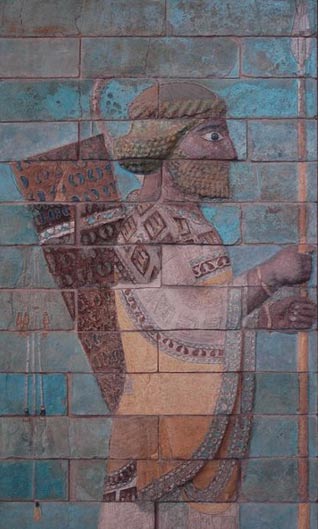
Glazed siliceous bricks at Susa, c. 510 BCE depicting an Achaemenid soldier (Source: Ancient Origins & Public Domain)
Various archaeological seasons in Susa have yielded ample relics including pottery, arms, ornamental objects, metalwork, bronze articles, as well as clay tablets. Susa is also a gateway to several worthy destinations such as the UNESCO-tagged ziggurat of Tchogha Zanbil, the ruins of Achaemenid Apadana Castle, Shush Castle (Akropol), Prophet Danial Shrine, Museum of Susa, the archaeological mount of Haft Tapeh. Situated in the lower Zagros mountain range, Susa is identified as Shushan in the Book of Esther and other Biblical books.
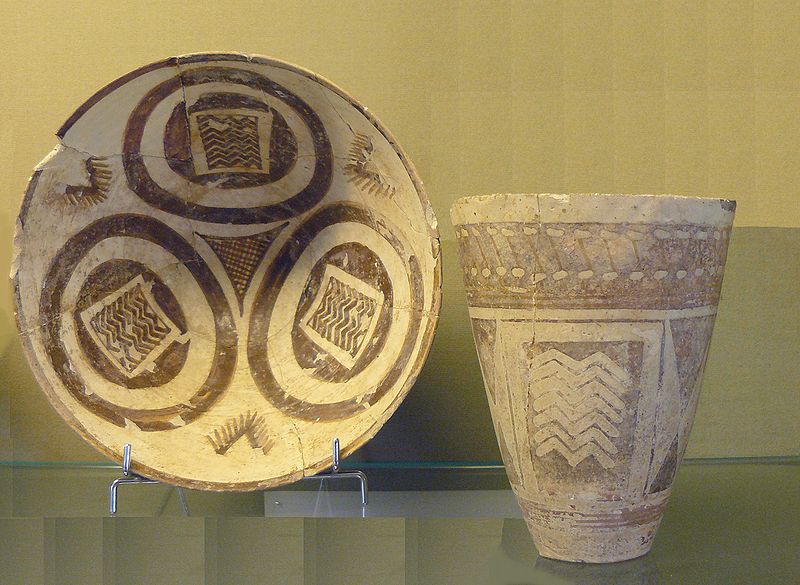
A cup and goblet (c. 4th millennium BCE) painted in the Susa I fashion currently housed at the Musée National de Céramique of Sèvres (Hauts-de-Seine, France; Inventory number: MNC 16774 et 16775) (Source: Siren-Com in Public Domain).
To the left of the entrance ramp, follow the self-guided signage past date palms into the excavation site of the 521 BC Palace of Darius, the mighty Achaemenid king. To the east lies the Royal City, an area of deep excavations through 15 strata; south of the castle is an eroded earthen watchtower overlooking teenagers riding dirt bikes. Dominating the landscape on the right is the fortress-like Chateau de Morgan (Shush Castle), built on the bones of an Elamite acropolis by the French in the early 20th century to protect their loot from marauding tribesmen. It is not open to the public, but there are fine views from the path around the base, including a view of the Tomb of Daniel from the southern side.
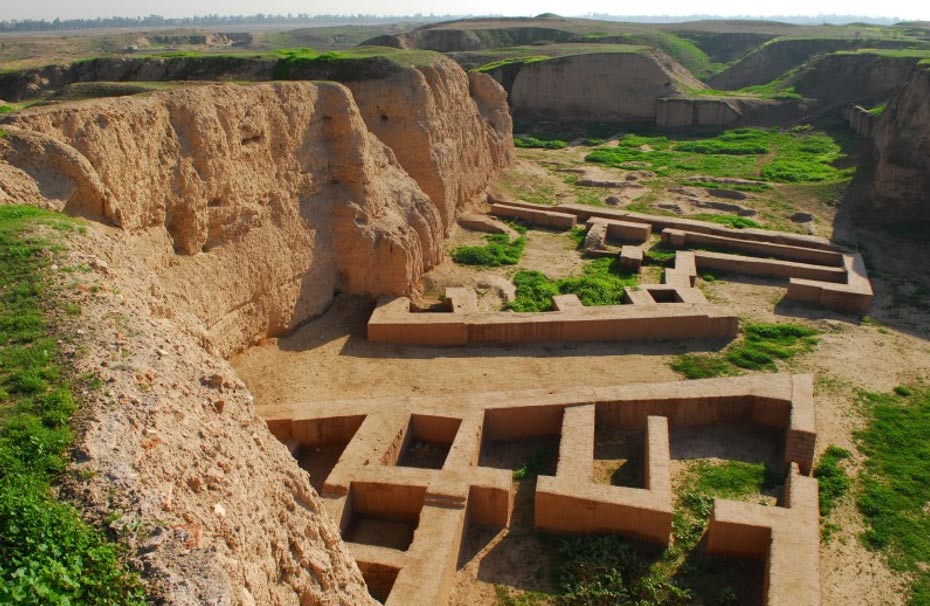
A hill-top view of the Ancient ruins in Susa, Iran (Source: Ancient Origins & UNESCO)
In the Bible, Susa is known primarily from the story of Esther in which Haman the Agagite planned to defeat the Jews of Persia. According to the story, Esther outwitted him by persuading her husband, King Ahasuerus of Persia, to sabotage Haman’s plan. The episode is commemorated every year in the Jewish Purim festival which is marked with costumed parties and other celebrations, according to Ancient Origins. Situated in the lower Zagros mountain range, Susa is identified as Shushan in the Book of Esther and other Biblical books.
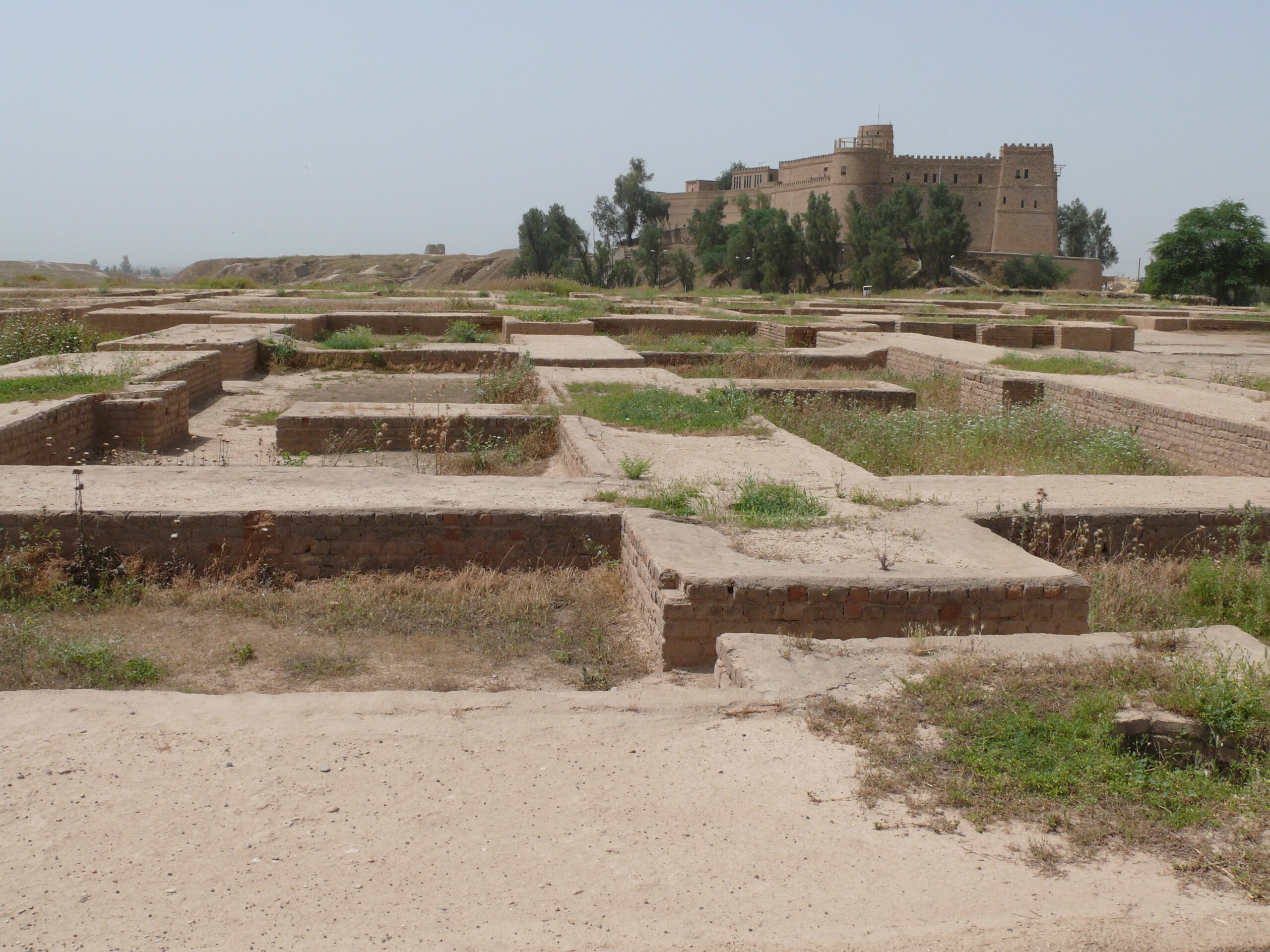
Remains of the palace of Darius I at Susa (Source: Pentocelo in Public Domain).
Susa is also mentioned in Nehemiah and Daniel, both of whom lived in the city during the 6th century BCE in the period known as the Babylonian captivity when several Jews were held captive following the siege of Jerusalem by Nebuchadnezzar. A tomb known as Shush-Daniel is believed to be that of Daniel himself. It is capped by an unusual white cone which some believe was formerly a stone ‘Star of David’.
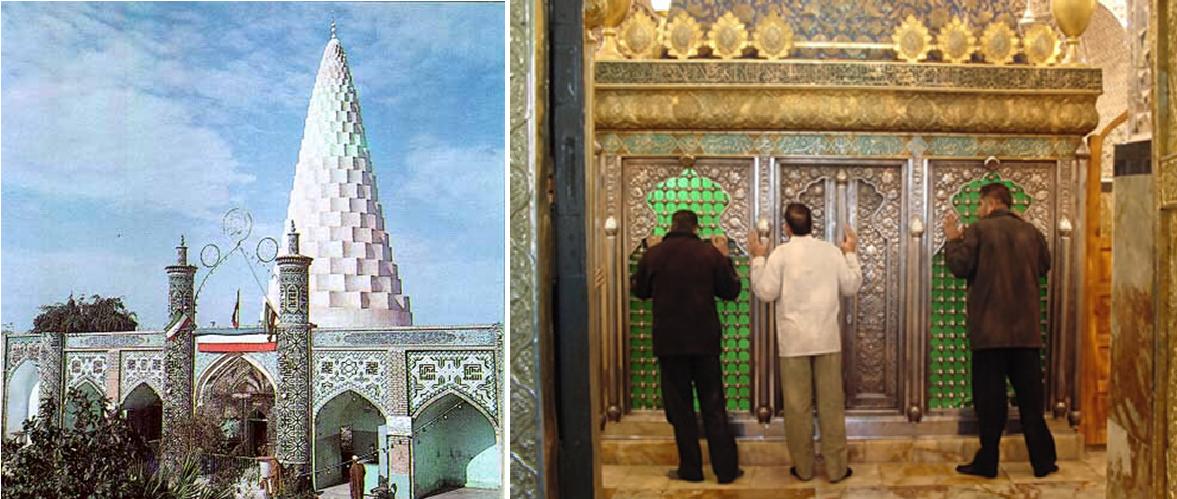
The tomb of Daniel in Khuzestan in southwest Iran. The main structure (note cone-like dome) as it stands today (left) and Iranian pilgrims paying homage within the tomb of Daniel … for more on this topic click here …
Archaeological evidence suggests that Susa has been continuously inhabited since 4,200 BCE placing it among the oldest continuously inhabited cities in the world. In addition, there are traces at Susa of a village inhabited around 7,000 BCE and painted pottery dating from ca. 5,000 BCE at the site. Artifacts discovered at the site include carved cylinder seals, jewelry, clay balls, and clay tablets with cuneiform inscriptions recording business transactions, political history, and mathematical calculations.
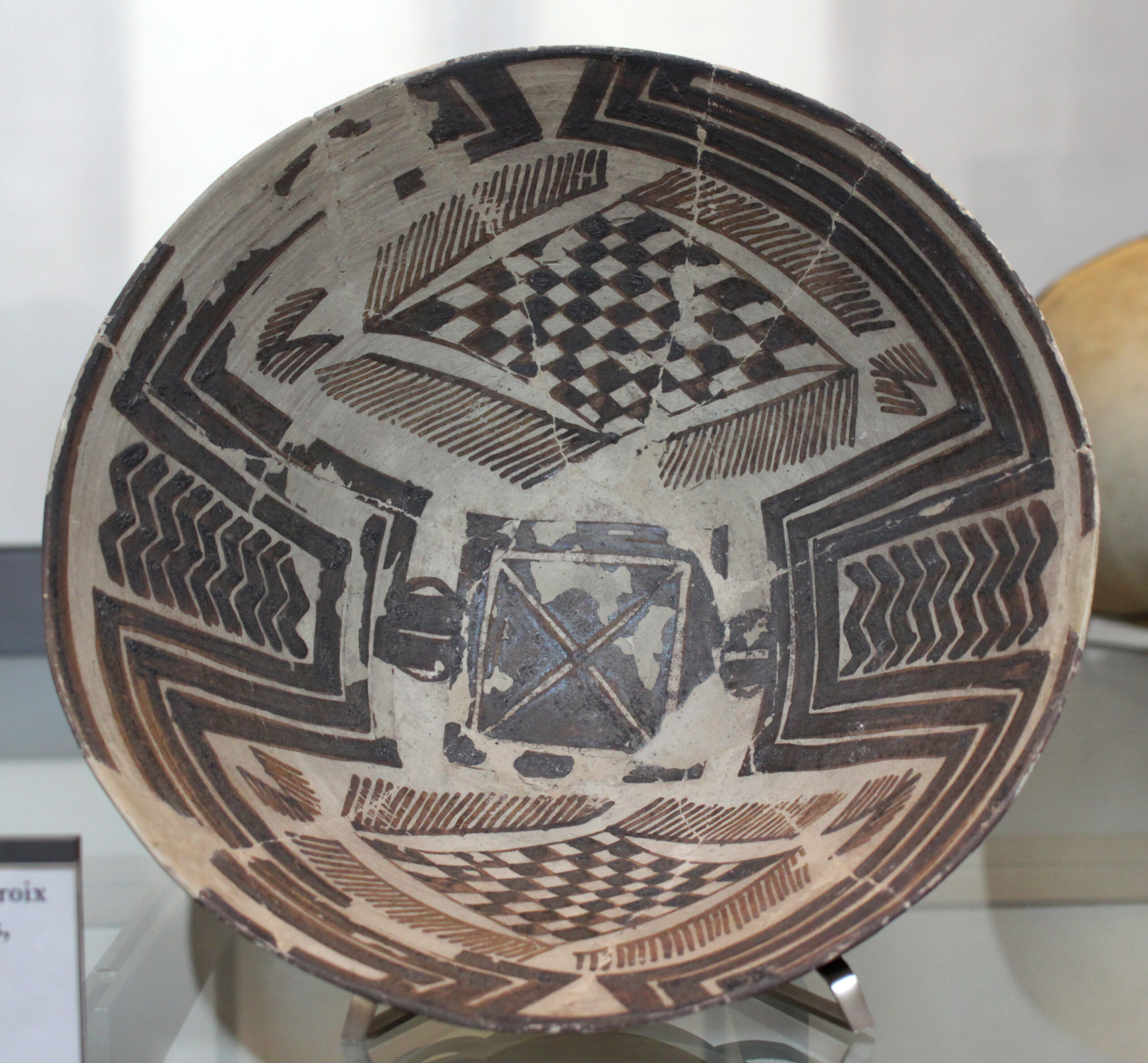
Ancient Elamite dish from Susa bearing various “chessboard”, chevron-like and other geometrical motifs (c. 4200-3800 BCE) (Source: Vassil in Public Domain). The item is currently housed at the Louvre Museum (Near Eastern Antiquities section, Room 7).
It is said that Alexander of Macedonia captured Susa in 330 BC and plundered the city, seizing some 40,000 talents of gold and silver from the treasury. Alexander the Great initiated Shushan’s decline by favoring Babylon and shortly after, following a revolt, the city was burnt to the ground. Subsequently rebuilt by Shapur II (309-379 CE), it was renamed Iranshahr Shapur and later helped in the resistance against the Arab invasion of 645 CE.
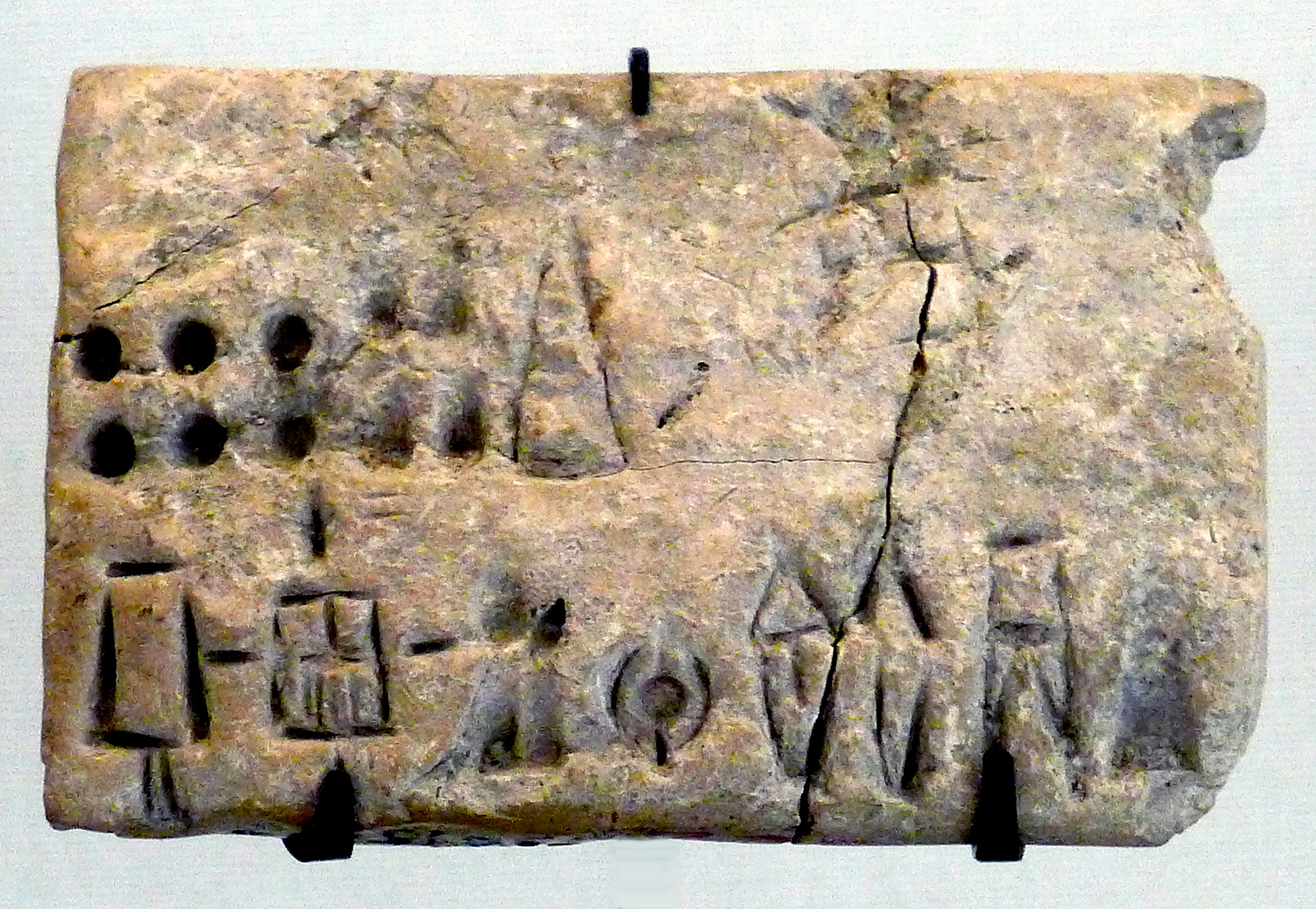
Proto-Elamite clay tablet from Susa housed at the Louvre Museum (Source: MBZT in Public Domain). For more on this topic see “Linear Elamite Deciphered!“…
After the fall of the Achaemenid Empire and the reign of Alexander the Great, who married in Susa, the city became part of the Seleucid empire. It was now called Seleucia on the Eulaeus. A palace in Greek style was erected, next to Darius’ palace. The administrative center, however, was in the southern part of the city, where nearly all Greek and Parthian inscriptions were discovered.
A video of Susa entitled “IRAN – Susa, a World Heritage Site” (Source: Soheil Callage in YouTube).
In the Parthian age, Susa minted coins. During the Sassanian age, the city had a large Christian community. It was sacked by the Sasanian king Shapur II (309-379 CE), who transferred the population to Iwan-e Karkheh, but Susa had sufficiently recovered by the early seventh century to fight against the Arabs, who nevertheless captured the city which remained important until the thirteenth century CE.
According to UNESCO:
“the excavated architectural monuments include administrative, residential, and palatial structures”
The site contains several layers of urban settlement dating from the 5th millennium BCE through the 13th century CE.



